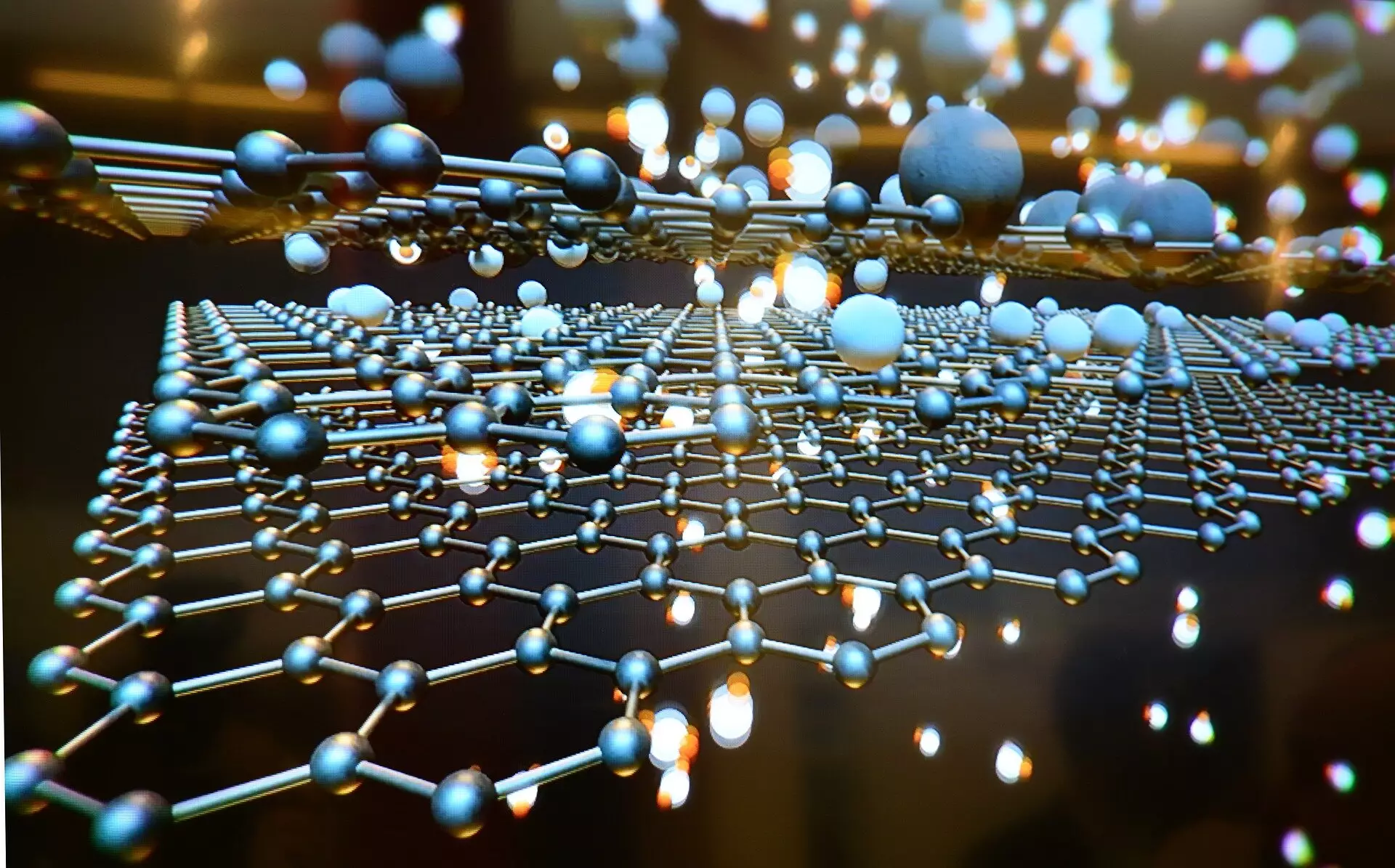For decades, voids and pores within materials have been viewed as detrimental defects, often leading to the belief that their elimination is crucial for optimal mechanical performance. This longstanding perspective has been deeply embedded in material science and manufacturing. However, recent findings from a team led by Prof. Jin Haijun at the Institute of Metal Research (IMR) of the Chinese Academy of Sciences are challenging this notion. Their groundbreaking research suggests that, when engineered correctly, nanoscale voids can enhance rather than diminish the mechanical properties of metals. This paradigm shift in understanding opens up new avenues for material innovation.
The researchers have introduced a novel material known as nanovoid dispersed gold (NVD Au), which is remarkable for its myriad of nanoscale voids strategically positioned throughout the metal’s matrix. These voids range from mere nanometers to several hundred nanometers in size and are uniformly distributed, an aspect that is critical to the material’s improved functionalities. By employing a unique combination of manufacturing techniques—including a corrosion process called dealloying followed by compression and thermal annealing—the team developed a material that defies conventional wisdom regarding voids in metallic structures.
What stands out in the performance of NVD Au is its superior mechanical characteristics when compared to conventional fully dense gold. The research showed that this innovative material exhibits significant strength and ductility, meaning it can endure greater loads and elongate without fracturing—a clear departure from the weaknesses typically associated with void-containing materials crafted through standard production processes like powder sintering. This enhanced performance is attributed to improved dislocation-surface interaction and the suppression of crack nucleation, providing valuable insights into how material properties can be finely tuned by manipulating microstructural features.
The implications of this research extend far beyond the realm of basic metals. The dual capabilities of NVD Au—offering both strength and reduced density—hold exciting prospects for various applications, including portable electronics and aerospace manufacturing. As material scientists continue to explore these findings, the potential for integrating nanovoid structures into mainstream production could spearhead advancements in industries where lightweight yet durable materials are essential. Prof. Jin’s team emphasized the importance of retaining the remarkable physical and chemical properties of the base material while achieving these enhancements, signifying a leap forward in engineering smarter materials.
The study’s success is attributed to an interdisciplinary collaboration that includes experts from the Liaoning Academy of Materials and Nanjing University of Science and Technology. The pooling of knowledge and expertise has paved the way for innovative material solutions that could redefine engineering standards. Moving forward, further research is anticipated to explore the full spectrum of applications for NVD Au and similar materials, examining the nuances of void manipulation and its role in enhancing material performance. As the landscape of material science evolves, embracing the potential benefits of voids may very well lead to a revolution in how we conceptualize and develop materials for future technological advancements.


Leave a Reply